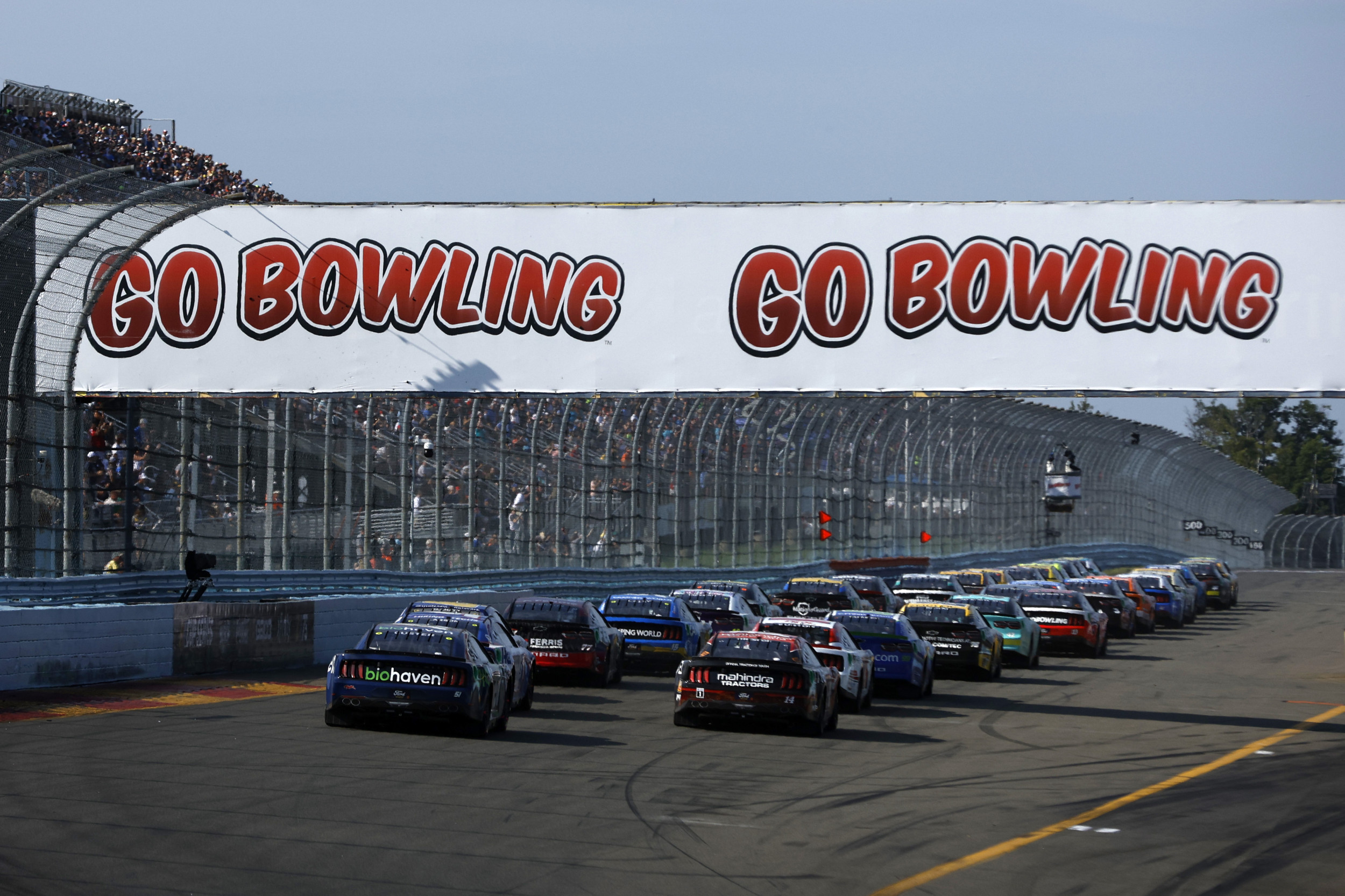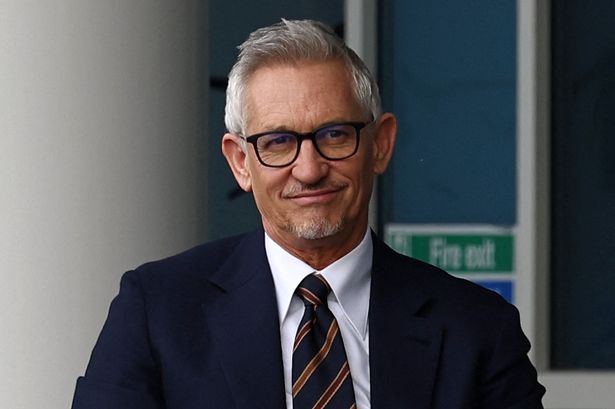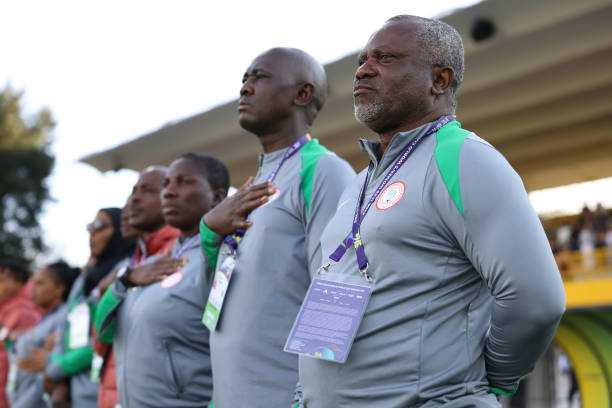Goodyear’s Radical Tire Change Leaves NASCAR Drivers in Panic Mode
As the NASCAR Cup Series Playoffs head for the second race in the three-race opening Round of 16 at Watkins Glen International, tension mounts among drivers due to Goodyear’s introduction of a radically different tire compound. This weekend’s race comes hot on the heels of Joey Logano’s victory at Atlanta Motor Speedway, which secured him a spot in the Round of 12.
Watkins Glen International, a 2.45-mile road course in New York, has historically favored Hendrick Motorsports, which has dominated the past five events at this 7-turn layout. However, this year’s race is set to see a dramatic change due to these new tire compounds.
The issues plaguing NASCAR on short tracks and road courses led to aerodynamic tweaks to the Next Gen car from 2022, which unfortunately failed to solve the persistent problems.
To mitigate these concerns, NASCAR enlisted Goodyear to develop a softer tire compound aimed at inducing more tire fall-off during a race. The new tires were initially tested at Bristol Motor Speedway in the spring, and the results showed promise.
Sean Gardner/Getty Images
Goodyear’s Director of Racing, Greg Stucker, provided an optimistic outlook on the changes:
“In our ongoing efforts to introduce more fall-off, we tested at Watkins Glen in June and came out with a new tire that will accomplish that goal. Based on our test, and a subsequent [Wheel-Force] test with the manufacturers, we should see around three seconds of fall-off per lap over a run.
“That, of course, can mean more passing throughout the race.”
The softer tire compound, which was tested this past June at Watkins Glen, is expected to create approximately three seconds of fall-off per lap, impacting strategies and potentially increasing passing opportunities during the race. This has left drivers feeling anxious about the ramifications of their race tactics.
NASCAR driver Christopher Bell has questions:
“If there is tire [degradation], which we’re expecting there to be, then yes, there will be a huge incentive to not jump the stage to have fresh tires at the start of the next stage. On the same breath, the road courses and having that yellow flag – the stage breaks – it really entices a lot of different strategy calls.”
Drivers who have previously opted to skip stage-end pitting for better track positions will need to rethink their approach given the anticipated tire degradation. This shift is anticipated to make the race more interesting, as Denny Hamlin explained:
“The driver plays a huge role in [managing tires], so certainly I’ve got my fingers crossed that it’s a race that’s going to be unlike any road course we’ve seen.”








